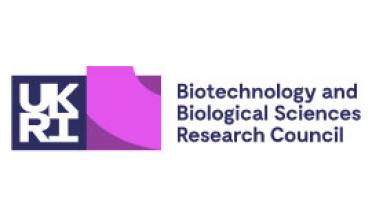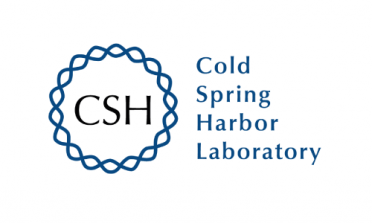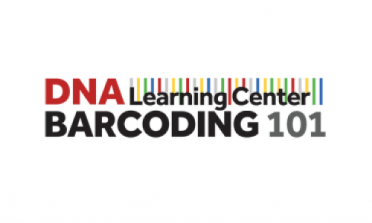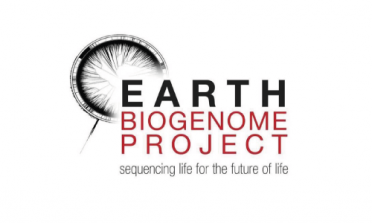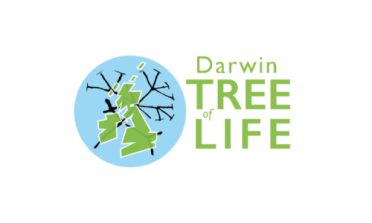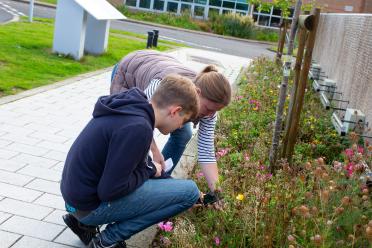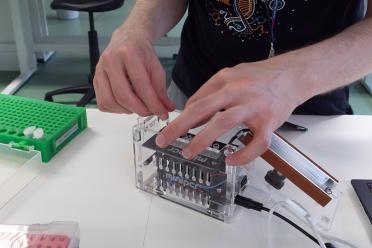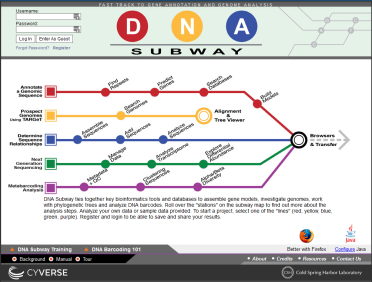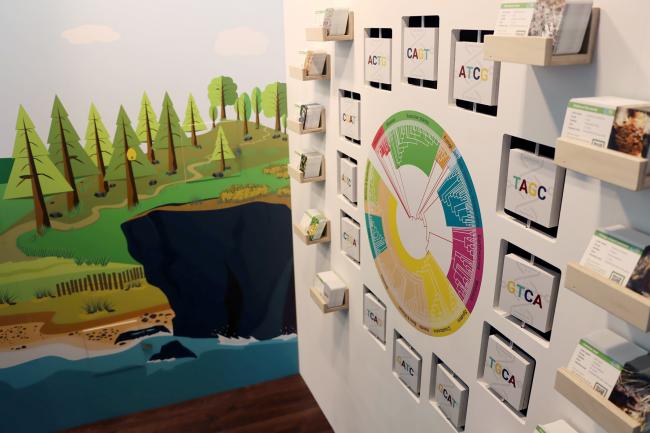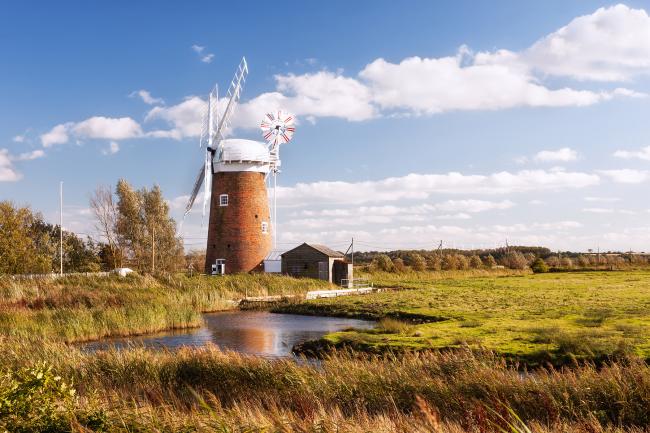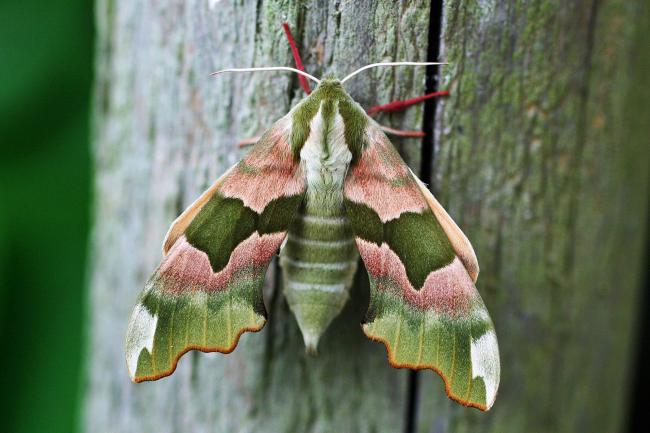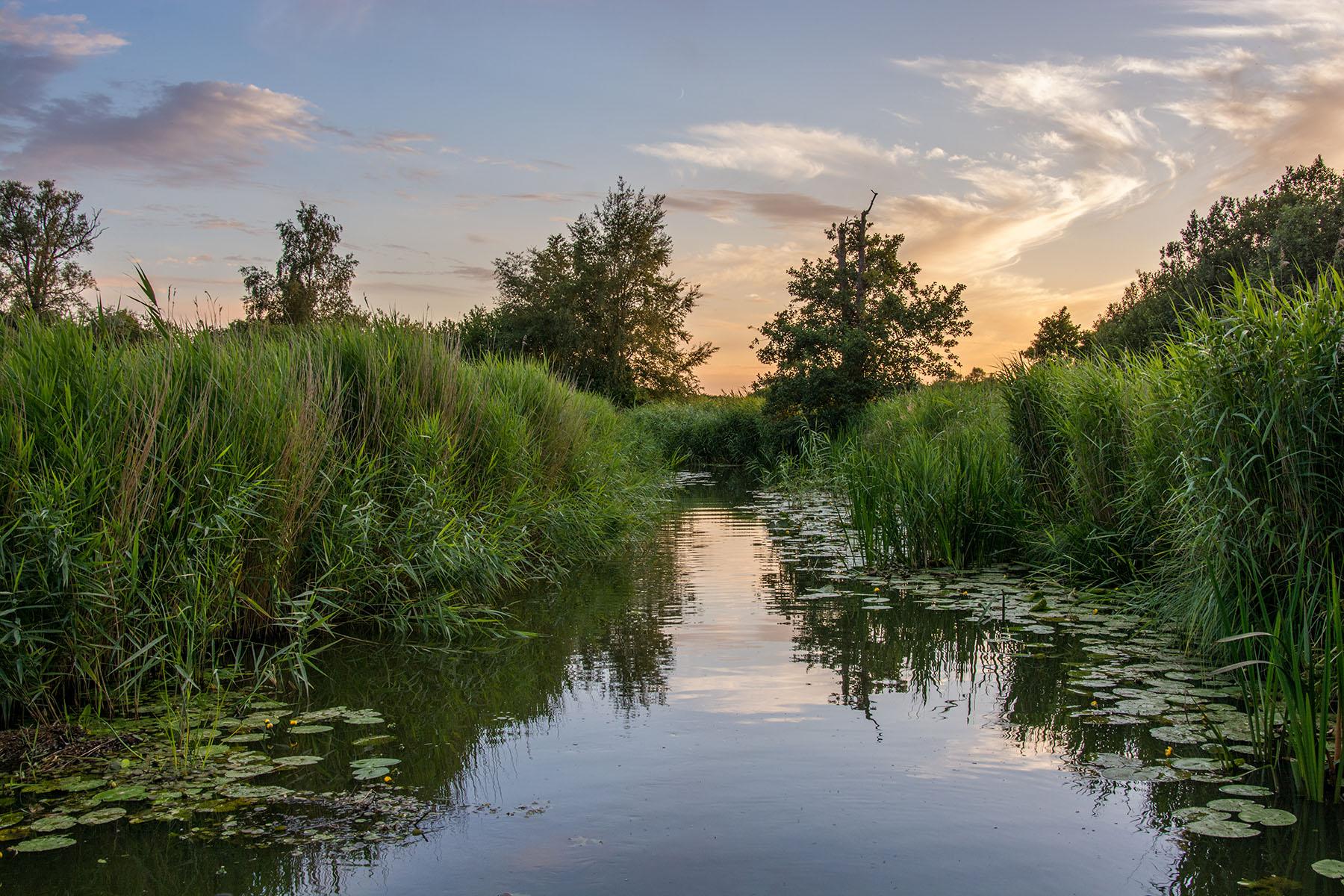

The Darwin Tree of Life project aims to sequence the genomes of all eukaryotic organisms in Britain and Ireland - that’s around 70,000 species of animals, plants, fungi and protists.
Through Barcoding the Broads, we focused on an area of special ecological interest: the Norfolk Broads. The project explored biodiversity in the region and the different species living there in collaboration with local schools and nature groups.
The project used simple and reliable laboratory and computer techniques to highlight the importance of genomics and bioinformatics for understanding, conserving, and benefiting from biodiversity.
DNA barcoding (2021-23)
The project focused on DNA barcoding activities that empowered learning around the topics of taxonomy, phylogenetics, biodiversity, ecology, bioinformatics and genomics. It provided an authentic research experience - asking questions, conducting experiments, analysing results, and drawing conclusions - through a variety of laboratory and computer-based methods.
In addition to reinforcing biology and chemistry education in schools, DNA barcoding was used to support local research and recording projects that studied eukaryotic organisms - i.e. those that have a cell nucleus such as plants, insects, and fungi.
As of summer 2023, DNA barcoding training was provided for around 250 people, including teachers, technicians, year 10-13 pupils, university undergraduates, science educators, science artists, and researchers from a range of local organisations.
Five schools and one nature group also performed independent DNA barcoding experiments, sharing skills with even more people beyond the introductory workshops.
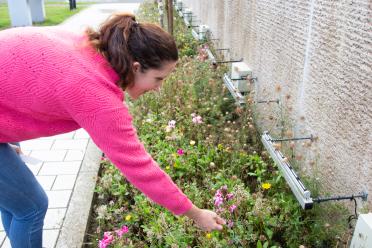
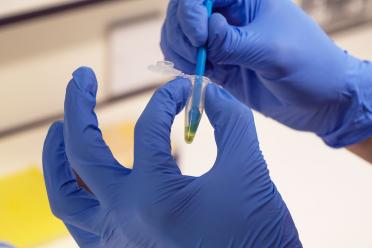
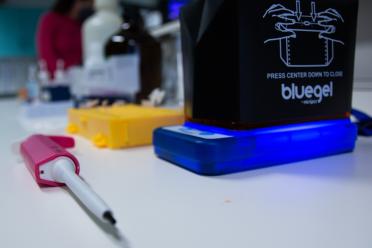
Our activities and resources covered the entire DNA barcoding process, including: Rapid DNA Isolation, PCR and Gel Electrophoresis, and DNA Sequencing and Analysis. The project incorporated methods developed over many years by the DNA Learning Centre at Cold Spring Harbour, New York.
You can view and download the full written protocols for each stage of the DNA barcoding process with plant samples and with invertebrate samples - including a list of all the equipment, consumables, and chemical reagents you will need.
If you would like to find out more, please contact us via our contact form.
Related reading:

Fascinating, brought to life what previously I’d only seen on TV and would probably have thought to be beyond my current skills or understanding.

Workshop Attendee, 23rd September 2021
What are genomes and why are they important?
A genome is the complete set of genetic instructions needed for making and maintaining an organism. It’s made up of DNA, which stands for deoxyribonucleic acid. This is a chemical formed of two long strands arranged in a double helix structure.
A process called DNA sequencing is used to obtain information about a genome. It determines the order of the four chemical building blocks - adenine (A), cytosine (C), guanine (G) and thymine (T), also called nucleotides - that link up to make the DNA strands.

Genomics - the study of genomes - is important because it allows us to answer fundamental questions in biology, support global conservation efforts, generate better crops and novel medicines, and provide materials for new biotechnology.
Scroll over or click on the blocks to read more:
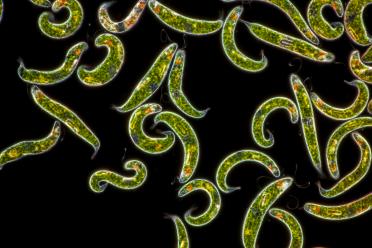
Understand
The more we learn about genomes, the more we will understand about evolution, adaptation, cell biology and the huge diversity of life around us. With a project as big as the Darwin Tree of Life, focusing on all eukaryotic species in Britain and Ireland, new species and new knowledge of ecosystems will undoubtedly be revealed. The work will also help scientists develop new laboratory methods and quicker ways to analyse data.
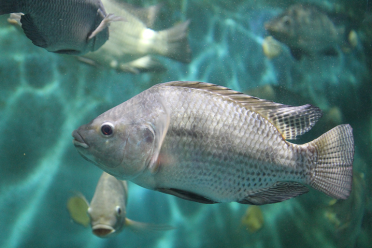
Protect
Protect
With pressing global issues like climate change and a sixth mass extinction event, it’s all the more important to study and protect the species on Earth as well as the environments they inhabit. Genomics research can uncover how organisms have adapted to external pressures and which species are under threat of extinction, allowing scientists to focus biodiversity conservation efforts and reduce the negative impacts of human activities.
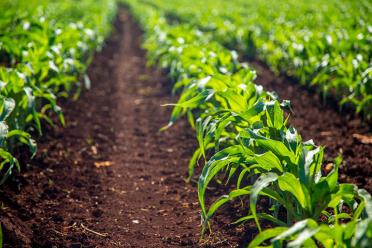
Benefit
Benefit
Studying genomes can help scientists find answers to some of the biggest questions in agriculture, health and environmental research. Learning about how living things function, how they survive in extreme environments and how they produce certain chemicals will provide valuable knowledge for tackling issues that affect us all. These include: ensuring secure food supplies for future generations, developing new medicines to safely treat diseases, and reducing our reliance on fossil fuels to combat climate change.
What is DNA barcoding?
DNA Barcoding is a powerful tool for species identification that involves extracting and analysing DNA.
You may have seen product barcodes in the supermarkets, they’re the unique pattern of lines and numbers used to quickly identify the item in the shop. Similarly, DNA barcodes are unique patterns of DNA within a genome that can be used to identify the species that the DNA has come from.
Analysing DNA barcodes is a useful method for species identification because it is relatively fast and cheap. It can work alongside traditional methods of species identification where specimens are carefully analysed by experts with years of knowledge, but where it can sometimes be hard to distinguish between subtle anatomical features.
DNA barcoding can also be performed on small, damaged or heavily processed samples, allowing non-experts to objectively classify specimens without lots of specialist laboratory equipment.
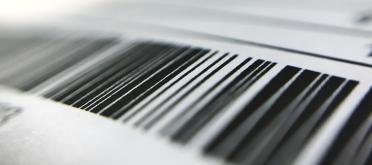
Supporting partners and collaborators.
